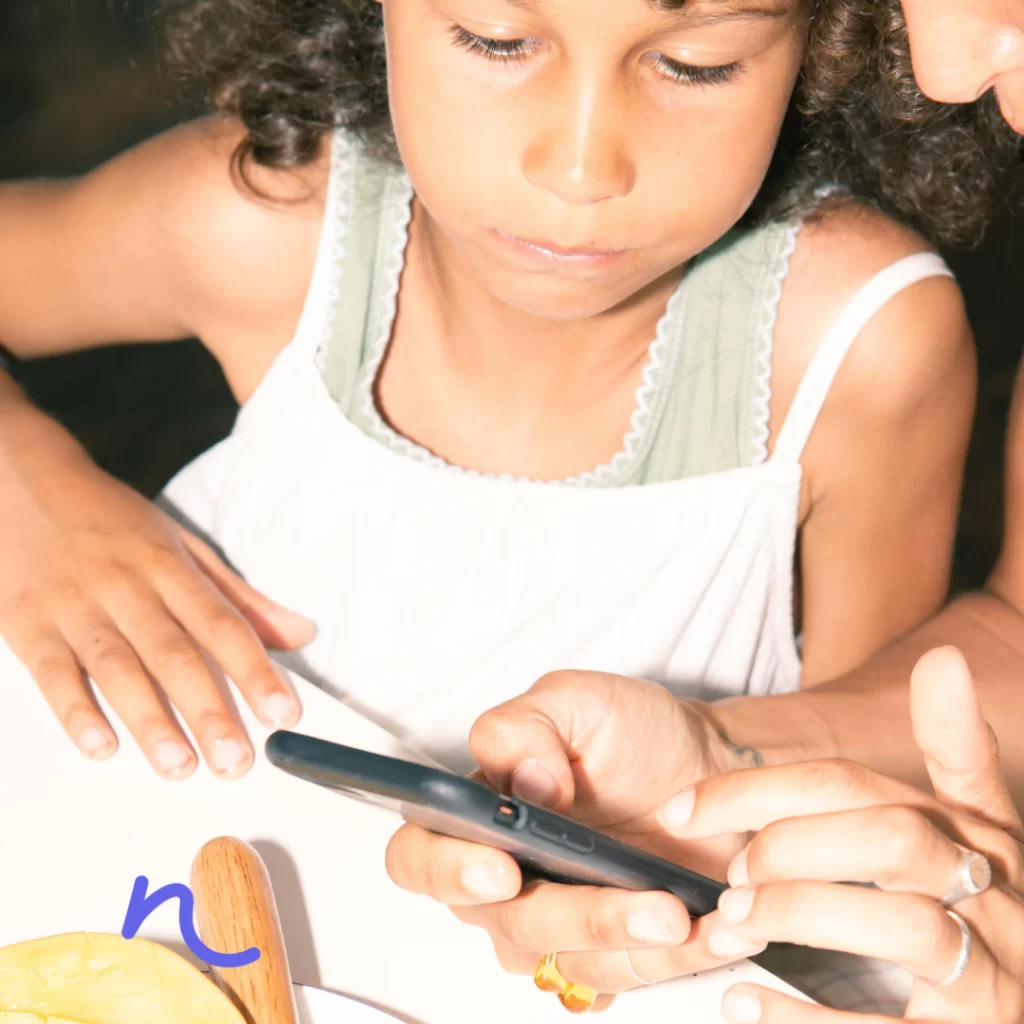5 essential Strategies
The more I attempted, the more frustrated I grew as my four-year-old nephew watched me patiently. At least initially. He took the phone out of my hands and into his tiny hands, half the size of my own, and started to do a choreography with his tiny index finger, dancing across the screen zipping lines up and down, scrolling and deleting and within a few seconds, he figured it out. He handed the phone back to me with a smile: one of both victory and consolation.
Watching him navigate this space so seamlessly and effortlessly made me realize that our role as in this digital space wouldn’t be one of sharing our experience and knowledge (at least most of us). Our role will have to be one of guidance. We will have to stand beside and guide our children as they navigate this loudly populated digital world. We must help them to become responsible savvy, digital citizen: literate in media literary.
Media literacy is an essential 21st century skill. According to the Media Literacy in Early Childhood Report* “…As parents we need to help our children to “Access, engage and explore, comprehend and critically inquire” digital media. By implementing a few simple strategies, we can empower our young children to navigate the media landscape with intention, critical thinking, and responsible digital behaviour.
- Access Media with Intention: Guide your children in selecting and discerning media content. Engage in conversations about their preferences, asking them why they enjoy a particular program and what elements resonate with them. Encourage reflection on emotional responses, character analysis, and storyline evaluation. By asking thoughtful questions, we stimulate their critical thinking skills and help them evaluate the media they consume.
- Relate Media to Real-Life Experiences: Help children differentiate between reality and fiction by drawing connections between media and their daily lives. Prompt them to express whether a scene is real or imagined and discuss something they have personally experienced that relates to it. This approach encourages critical questioning and exploration of the boundaries between fantasy and reality.
- Co-View and Co-Learn: Participate in media activities with your children, such as watching their favorite shows, playing games, or exploring educational apps together. Even just a few minutes at a time can reap huge benefits for both you and your child. By co-creating and co-viewing, you gain insight into their learning journey and can initiate meaningful conversations. Encourage your children to share their thoughts, feelings, and actions related to what they see and do. This also fosters critical and creative thinking.
- Teach Responsible Digital Media Use: Guide your children in understanding the consequences of their digital behavior. For example, you might discuss the consequences of making unintended purchases or random clicking. A parent whom I recently coached came to the session completely shocked when she received notification that over 400 dollars were spent on app purchases that her 6-year-old had inadvertently (or perhaps not) purchased. As young as this might seem, it is important that we help or children to understand the consequences of their digital behaviors.
- Foster Curiosity and Inquiry: Capitalizing on your child’s natural curiosity, use digital media as a tool for research and exploration. Encourage them to ask questions and seek answers from different sources. Demonstrate your own inquiry process by exploring diverse perspectives and discussing various responses. This fosters critical inquiry skills and helps children understand the varied nature of information available through digital sources.
Building a strong foundation for media literacy in young children is essential for their digital well-being. By implementing these simple strategies, we can begin to empower our children to navigate the digital landscape with intention and confidence.
